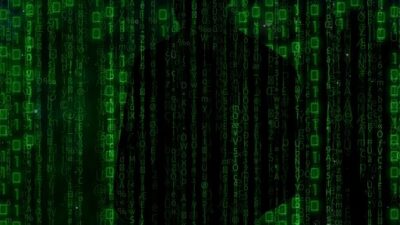As the gaming industry continues to evolve, it finds itself increasingly intertwined with the world of blockchain technology and non-fungible tokens (NFTs). This convergence is reshaping how players interact with their favorite games and invest in digital assets. But what exactly are NFTs, and how do they fit into the gaming landscape? In this article, we’ll explore the implications, benefits, and potential pitfalls of this new paradigm.
Understanding NFTs
What are NFTs?
Non-fungible tokens (NFTs) are unique digital assets verified on a blockchain. Unlike cryptocurrencies such as Bitcoin or Ethereum, which are fungible and can be exchanged on a one-to-one basis, each NFT has distinct attributes that make it irreplaceable. This uniqueness allows gamers to own, trade, and sell in-game assets—anything from characters to skins, weapons, and virtual real estate.
The Role of Blockchain
Blockchain technology serves as the backbone of NFTs, providing a decentralized ledger that verifies ownership and authenticity. This transparency prevents fraud and ensures that players can trust the value of their digital possessions.
The Benefits of NFTs in Gaming
1. True Ownership
One of the most significant advantages of NFTs in gaming is the notion of true ownership. Traditionally, when you purchase in-game items, they exist within the confines of the game environment and can be lost if the game shuts down or if you stop playing. NFTs, on the other hand, allow players to retain ownership of their items outside the game. This means you can sell or trade your assets on various marketplaces, creating a secondary market that can enhance the overall gaming experience.
2. Enhanced Creativity and Interoperability
NFTs can empower players and developers alike to create more engaging ecosystems. For instance, an NFT character from one game could potentially be used in another game, allowing for greater cross-platform interactions. This interoperability opens avenues for creative expression, allowing players to mix and match their virtual assets across different gaming environments.
3. Community Engagement and Revenue Streams
Game developers are increasingly turning to NFTs as a way to engage their communities. By creating limited edition items, they can generate excitement and exclusivity surrounding their games. Additionally, creators can embed royalties within the NFT contracts, ensuring they earn a percentage every time their item is resold. This model can incentivize developers to create high-quality content that retains value.
The Potential Pitfalls
Despite the enticing advantages, the intersection of gaming and NFTs also brings challenges and concerns.
1. Environmental Concerns
The minting and trading of NFTs often require significant computational power, leading to substantial energy consumption. Although some blockchains are transitioning to more eco-friendly models, the environmental impact of NFTs continues to be a concern for many gamers and advocates.
2. Speculation and Market Volatility
The NFT market can be highly volatile, reminiscent of the cryptocurrency boom and bust cycles. Players may find themselves investing in digital assets that quickly lose value. It is crucial for gamers to approach NFTs with a mix of enthusiasm and caution, understanding the risks involved.
3. Accessibility Issues
Not all gamers can afford high-priced NFTs. As the market evolves, there is a risk that gaming could become pay-to-win, where players with deeper pockets hold significant advantages. This could potentially alienate a portion of the player base, undermining the inclusive nature of gaming.
The Future of Gaming and NFTs
As technology continues to advance, the intersection of gaming and NFTs is likely to deepen. We may see more games incorporating blockchain technology for in-game transactions, and the potential for virtual economies could expand dramatically.
What Gamers Should Do
-
Stay Informed: Understanding the fundamentals of NFTs and blockchain technology is critical. Follow reputable sources for reliable information and keep an eye on emerging trends.
-
Evaluate Value: Before investing in NFTs, evaluate the intrinsic value of the assets. Consider their potential for future use and their appeal within the gaming community.
-
Participate Wisely: If engaging in NFT trading or ownership, do so judiciously. Establish a budget and approach these investments like any other form of speculation.
- Engage with Communities: Join communities that focus on the intersection of gaming and NFTs. These can provide insights, tips, and valuable discussions on navigating this evolving landscape.
Conclusion
The intersection of gaming and NFTs presents a fascinating landscape filled with opportunities and challenges. With the potential for true ownership, creative expression, and innovative revenue models, the gaming world stands on the brink of a revolution. However, it is essential for gamers to navigate this space mindfully, balancing excitement with caution. The way forward is uncharted, but one thing is certain: the gaming experience is poised for monumental transformation.


